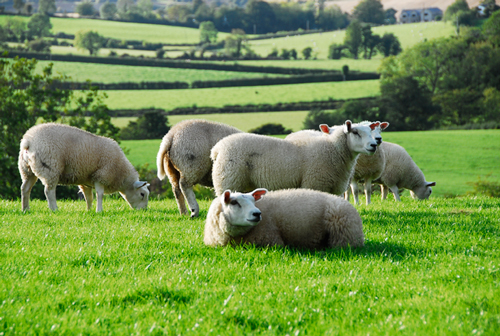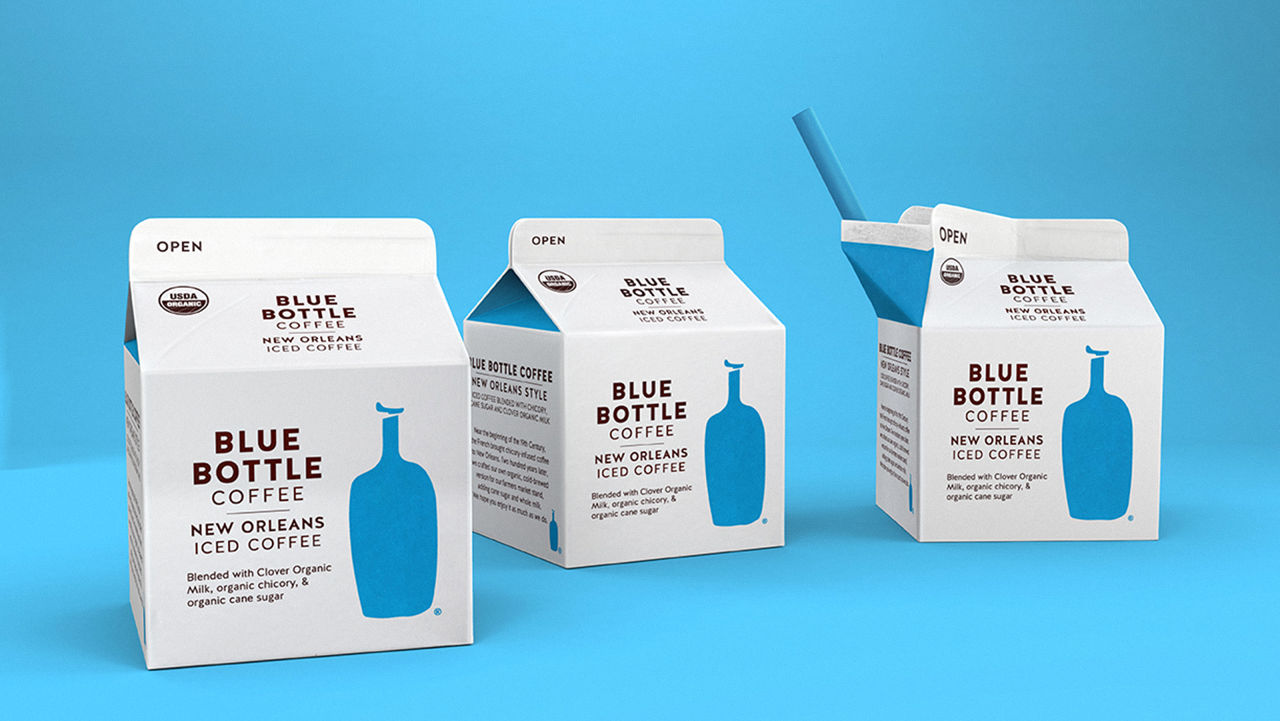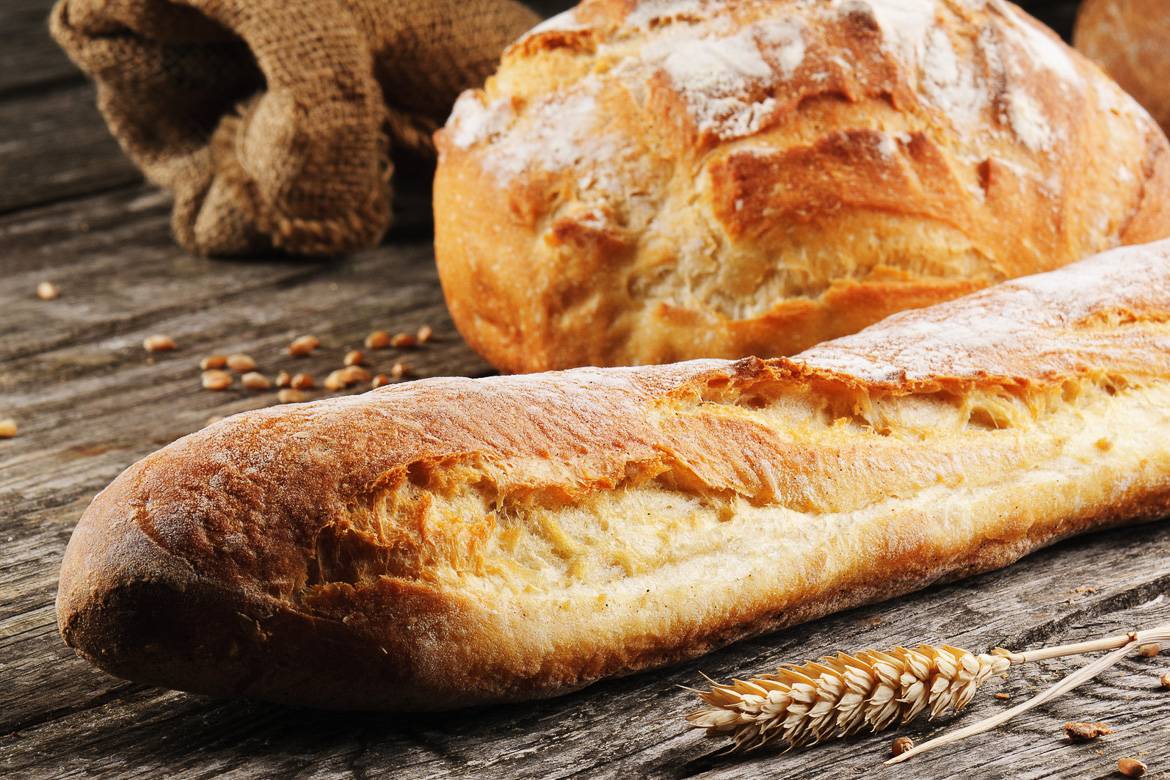Paradox is a literary device that surprises/delights the reader or makes the reader think over an idea in an innovative way by putting two seemingly self-contradictory ideas together.
Here’s a real-life paradox, replayed. I was walking home one night when I overheard a conversation between a boy and a girl. This is likely their first date, you know, those awkward I-am-getting-to-know-you questions and overly enthusiastic responses.
“Are you a working journalist?” the girl asked.
“No, I am a master student studying 20th century American literature,” he replied.
“That’s awesome!” she exclaimed.
Translation: “Hi, I am a master student studying 20th century American literature and I have no job prospect whatsoever!” I doubt the awesomeness.
I slowed my pace. Walking roughly two steps to the right and three steps ahead of them. I was careful not to be in their immediate peripheral vision but also close enough so I could continue my eavesdropping.
The boy attempted to explain to the girl his area of study, which consists primarily of short stories. He asked, “Do you know of a famous short story that came out last year called ‘Redeployment’? Have you read it?”
She cried:
Yes I did not read it!

First date…(image credit: Web/http://news.com.au)








